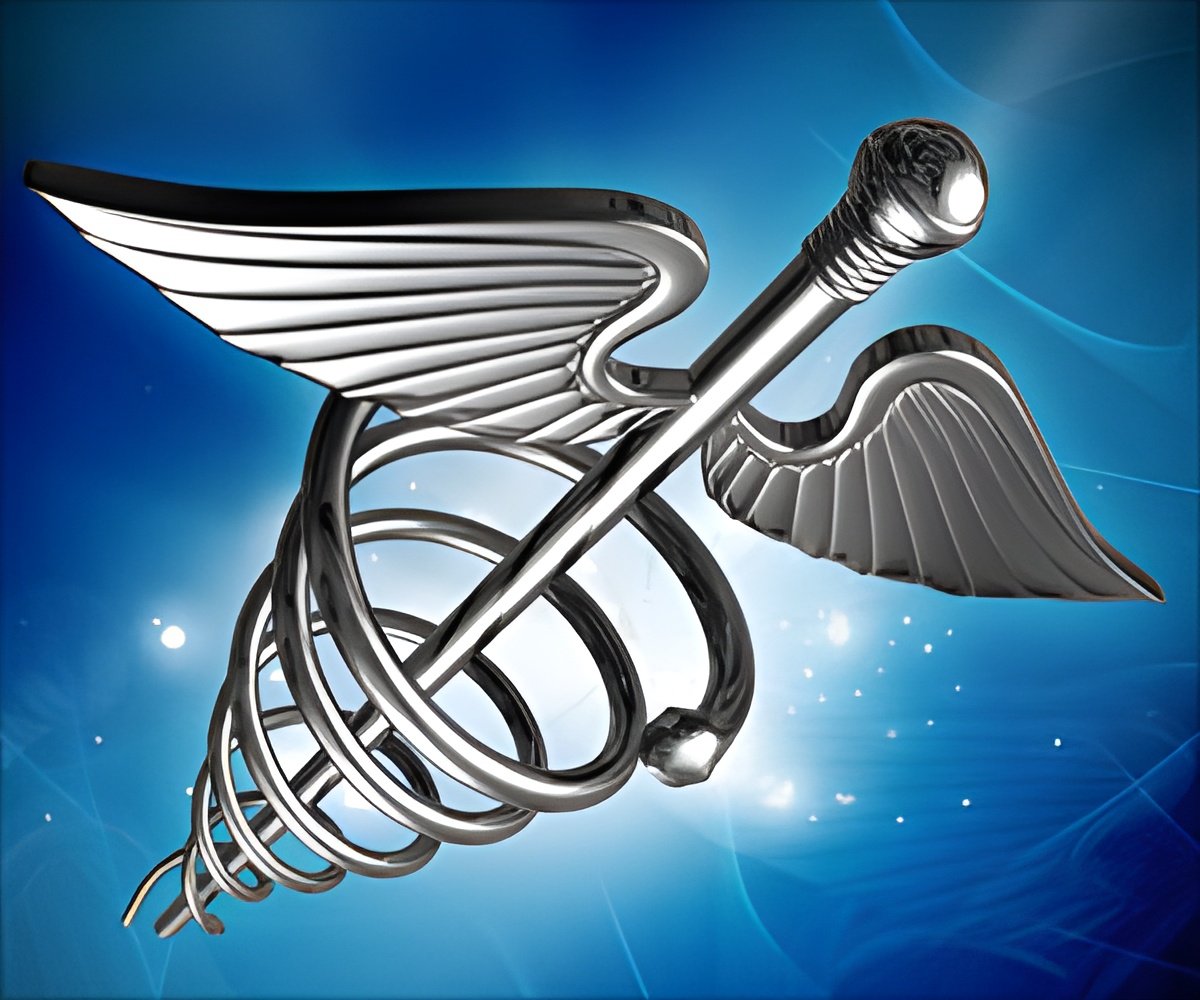A disaster management plan for hospitals, which could help them meet the challenges when handling injuries sustained in major terrorist incidents, has been presented

The Mumbai attack lasted more than 60 hours and resulted in nearly 300 casualties and over a hundred deaths.
The research also highlights the need for safe on-site assessment of casualties and for civilian doctors to be trained by military personnel experienced in the sort of injuries seen in terrorist attacks.
"We were the closest hospitals to the attack and dealt with 271 casualties, including 108 who were dead on admission. Of the remaining 163 patients, 23 were discharged after outpatient care and 140 were admitted. We carried out 194 operations on 127 patients and six people died following surgery," Professor Ajay Bhandarwar, from the Sir Jamshetjee Jejeebhoy Group of Hospitals in Mumbai.
The hospital group, comprising a main 1,352-bedded hospital and three smaller hospitals, already had considerable experience of handling blast injuries, following previous blasts in 1993, 2001, 2003 and 2005.
"The 2008 attacks caused both physical and emotional damage to the people of Mumbai, but also produced unique cooperation between medical and administrative facilities, the media and non government organisations," said Professor Bhandarwar.
Advertisement
"However, the same basic principles can be adopted by other hospitals worldwide, and tailored to their own particular resources, so that they too are prepared to meet the challenges posed by major incidents involving mass casualties."
Advertisement
The senior surgeon who assessed the casualties as they were brought in played a key role in selecting patients for admission and surgery, resulting in a steady flow of patients.
The majority of the patients were aged 20 to 39 years and the dominant injury was limb trauma, seen in 117 patients. Most of the surviving patients had bullet injuries, followed by pellet injuries and a smaller number of blast injuries.
Most of the surgical procedures were for soft tissue or orthopaedic injuries and, where possible, these were operated on using local or regional anaesthesia.
The surgeons also dealt with a wide spectrum of injuries including colon tears, bowel perforations, damage to the liver, spleen and kidneys and chest trauma.
Non-governmental organisations assisted by providing extra medical supplies and the media displayed lists of patients to keep relatives up-dated and helped to mobilise blood donors.
"Managing a prolonged terrorist attack needs teamwork for efficient medical management and best outcomes," stressed Professor Bhandarwar.
"There is no doubt whatsoever that our experience of handling victims of four previous Mumbai blasts, and the development of an effective and highly detailed disaster management plan, enabled us to cope effectively with this major ongoing incident with multiple casualties," Professor Bhandarwar added.
The study has been published in BJS, the British Journal of Surgery.
Source-ANI










